Mistakes to Avoid When Using Jute Mesh for Your Project
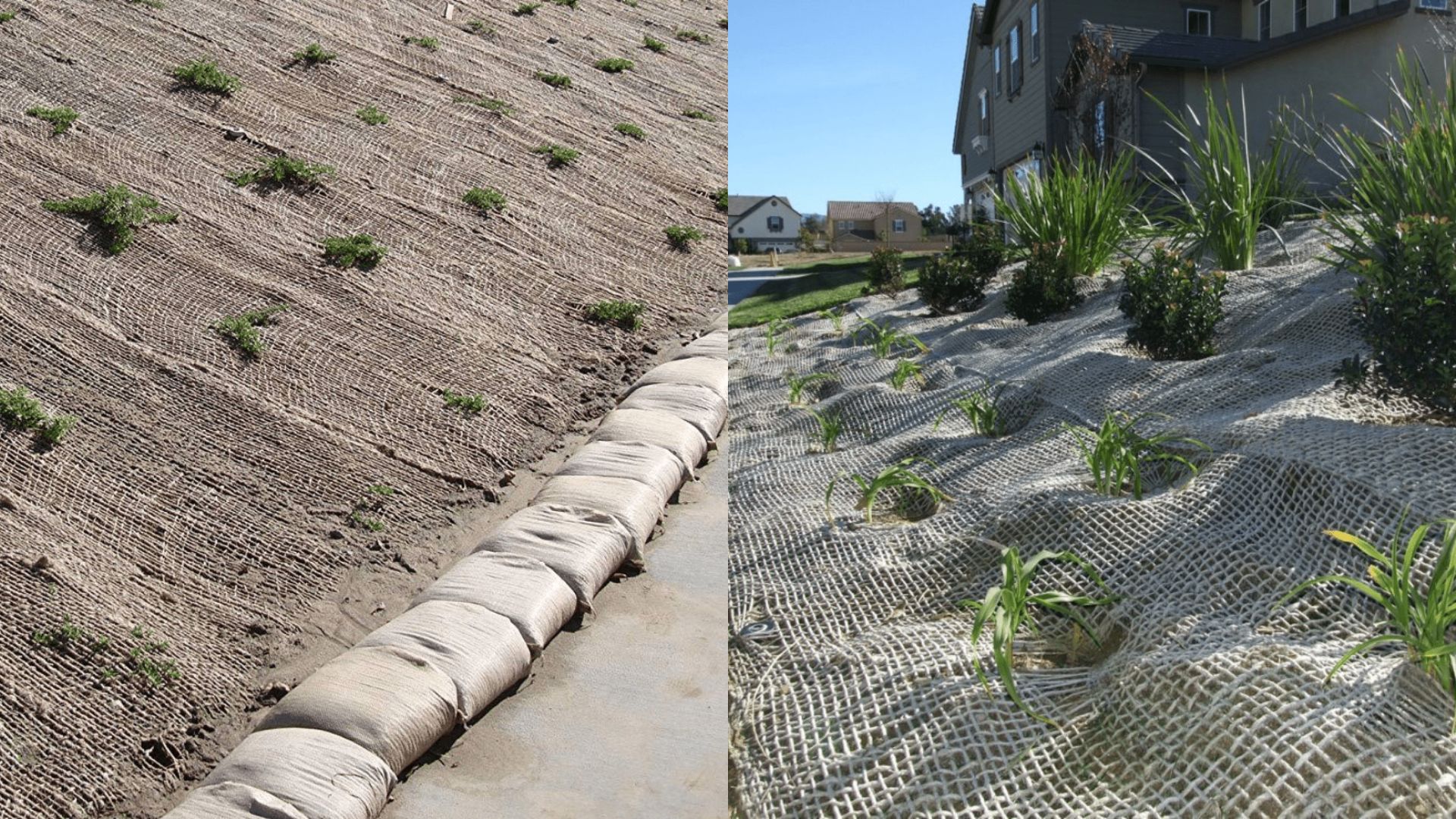
Jute Mesh is a popular product among landscapers in Australia for applications like slope stabilisation and erosion control. It is widely known for its cost-effectiveness, reliability, and durability. But if you’re not careful, common mistakes can undermine your entire effort.
This article highlights the most frequent mistakes beginners make when using these jute netting for their projects and how they can eliminate them. This will prevent from running into trouble later and let it work smoothly throughout the project.
Choosing the Wrong Type of Mesh
A common mistake landscapers make is when choosing the type of mesh. Most landscapers go all in for the most expensive choice for better results while some choose the cheapest option just to save a few bucks.
Here’s how you should choose the right mesh:
- Light-duty mesh(350 GSM and below ) is suitable for flat areas with low foot traffic.
- Medium-duty mesh( 350 GSM – 700 GSM ) works well for gentle slopes and moderate conditions.
- Heavy-duty mesh( 750 GSM and above ) is designed for steep slopes or high-flow areas where more reinforcement is needed.
Choosing based on your requirements can save you more by reducing the inconvenience you face during your project.
Installing on Poorly Prepared Ground
Laying mesh on cluttered and uneven land can cause poor contact between the soil and the mesh. This makes it ineffective when holding seeds in place and prone to tearing easily. This may significantly reduce the lifespan of the mesh. This debris can even entangle in the netting causing distress when managing revegetation.
How to prevent this:
- Clear rocks, sticks, weeds, and debris in the area.
- Level out bumps or dips as much as possible.
- Moisten the soil slightly before installation to help the mesh grip better.
Overlapping or Gapping Issues
Another commonly overlooked issue is improper overlapping. Not overlapping enough between mesh sections can cause them to displace during high-wind currents and water flow.
Gaping issues are also a common mistake seen when laying jute-based mesh. A small gap can turn into a huge displacement over time without you even noticing. These gaps can even cause erosion beneath the sheets, wasting all your efforts. Focus on these small details, which have a huge effect on the overall effectiveness of your erosion control efforts.
How to fix it:
- Always overlap edges by 10–15 cm (4–6 inches).
- Make sure the overlaps run in the direction of water flow, not against it.
- Press down the overlapped area and secure it with extra pegs.
Ignoring Slope and Water Flow Direction
Jute netting is designed to work with nature, not against it. Some beginner landscapers install these sheets perpendicular to the slope or against the water flow, which can cause water to tunnel under the mesh and wash it out. Proper alignment helps the mesh to slow down the water flow easily without battling against it.
Tips to lay it right:
- Always lay the mesh downhill, following the slope.
- Align it parallel with the natural flow of water so it supports rather than resists runoff.
- Use extra staking on steeper slopes or high-flow areas.
During slope stabilization, this method allows you to dig trenches on top of the slopes and anchor them more securely.
Using It in Unsuitable Environments
While jute-based mesh is versatile, it’s not ideal for every setting. Using them in unsuitable settings may cause dissatisfaction with their performance. Consider factors like its decomposing rate and weave strength to filter the best environments for jute-based mesh.
Avoid using it in constantly wet and shaded areas like muddy lands, marshy areas, and areas with high rainfall. Using them in these areas can lead to quicker decomposition and accelerate mould growth, too.
This open-weave netting doesn’t generally offer much strength. So, avoid using them in places with high foot traffic or equipment traffic, like trails and construction zones. In such cases, consider options like coir mesh or reinforced options, which offer longer durability under harsh conditions.
Forgetting Follow-Up Maintenance
Jute mesh, like every other erosion control product, needs a consistent follow-up to remain effective. Neglecting these maintenance needs can highly affect your expectations of this product. It can lead to unnoticed damage, lifting, or blocked plant growth.
Need a Maintenance checklist for jute-based mesh? Here are some things you should keep up with:
- Inspect after storms or strong winds.
- Inspect whether pegs or stakes are loose in any area.
- Check for mould or insect damage in shaded zones.
- Trim around emerging plants if needed to encourage healthy growth.
A few simple checkups every couple of weeks can extend the lifespan of your mesh and protect your landscape.
Maximise the Benefits of Jute Mesh with Careful Planning
Jute netting is a simple yet powerful solution for erosion control and sustainable landscaping if handled correctly. The main aim of this guide is to educate landscapers and constructors on careful planning tips when using jute netting.
Plan carefully, install thoughtfully, and maintain regularly, and your jute netting will do exactly what it’s designed to do: protect your land and nurture new life.
Explore High-Quality Erosion Control Products with HEIGER
Need quality jute mesh or guidance for your next project? We have everything for you at HEIGER. Visit our Jute Mesh collection or check out our Erosion Control range for eco-friendly solutions that perform.
We even offer other jute erosion control products like jute matting, ideal for larger-scale projects. If you’re working on roadside revegetation or coastal dune stabilisation, consider using jute matting. It offers a thicker, denser weave than jute-based mesh.
Have questions? Contact our team for tailored advice and support.

 Coir Logs
Coir Logs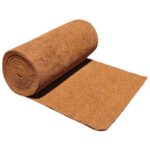 Coir Blankets
Coir Blankets Coir Mesh
Coir Mesh Jute Matting
Jute Matting Jute Mesh
Jute Mesh Silt Fence
Silt Fence Wooden Stakes / Pegs
Wooden Stakes / Pegs Retaining Pins
Retaining Pins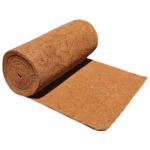 Weed Mat
Weed Mat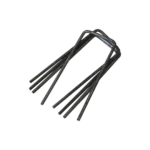 Weed Mat Pins
Weed Mat Pins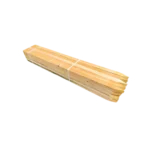 Timber Stakes
Timber Stakes Raised Garden Beds
Raised Garden Beds Biaxial Geogrid
Biaxial Geogrid Uniaxial Geogrid
Uniaxial Geogrid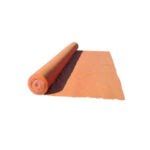 Non Woven Geotextiles
Non Woven Geotextiles Sand Containers
Sand Containers Silt Socks
Silt Socks Dewatering
Dewatering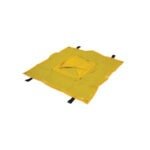 Drain Filters
Drain Filters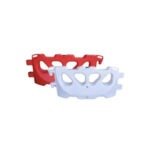 Water Filled Barriers
Water Filled Barriers Edge Protection Barrier
Edge Protection Barrier Hoarding Panels
Hoarding Panels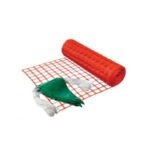 Barrier Mesh & Bunting
Barrier Mesh & Bunting Star Picket Posts & Accessories
Star Picket Posts & Accessories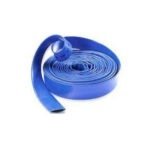 Flood Tubes & Stabilizers
Flood Tubes & Stabilizers Sandbags
Sandbags